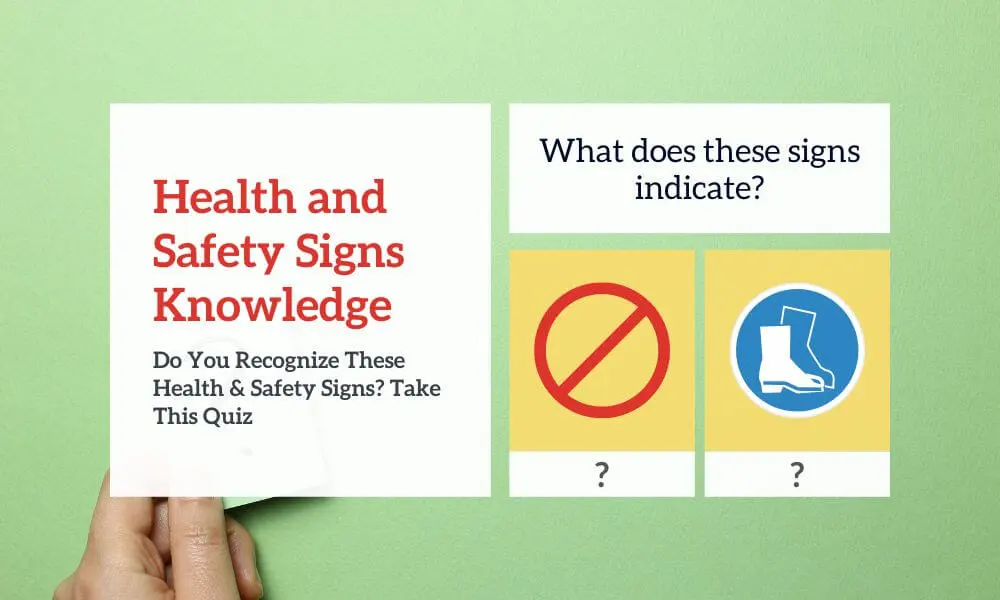

In any workplace, ensuring the safety and well-being of employees is paramount. One of the most effective ways to communicate safety information and enforce regulations is through health and safety signage. These signs provide crucial instructions, warnings, and information, helping to prevent accidents and promote a safe working environment. This blog delves into the importance of health and safety signage, the different types available, and best practices for implementation.
Health and safety signage plays a critical role in maintaining workplace safety by:
Health and safety signs can be categorised into several types, each serving a specific purpose:
To maximise the effectiveness of health and safety signage, consider the following best practices:
Health and safety signage is a fundamental aspect of workplace safety, providing essential information that helps prevent accidents and promote a safe working environment. By understanding the different types of signage and following best practices for implementation, businesses can enhance their safety protocols and ensure a safer workplace for all employees. Investing in effective health and safety signage is not just about compliance; it is about safeguarding the well-being of everyone in the workplace.
2025 DNPT Clinic Physical Therapy